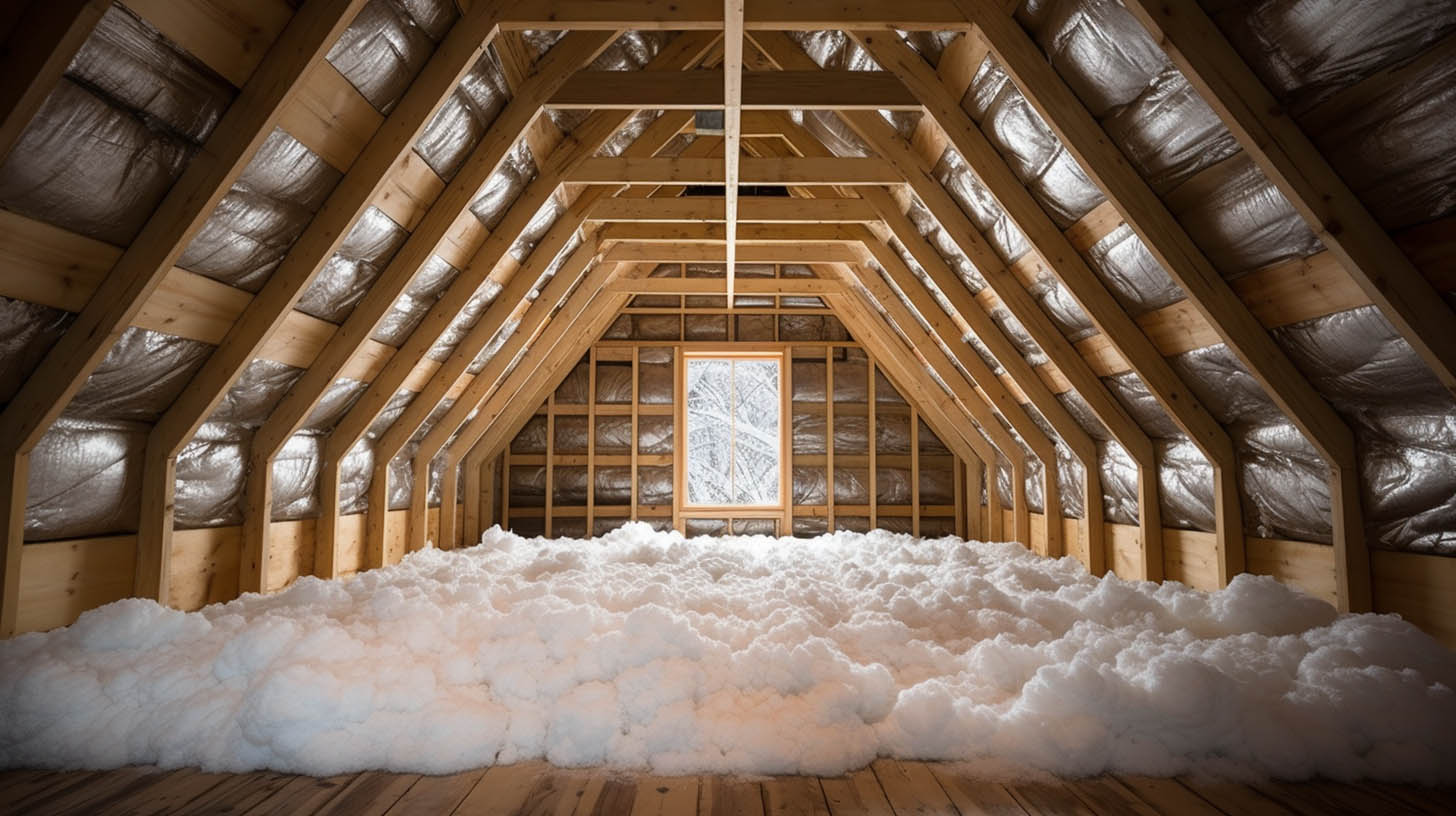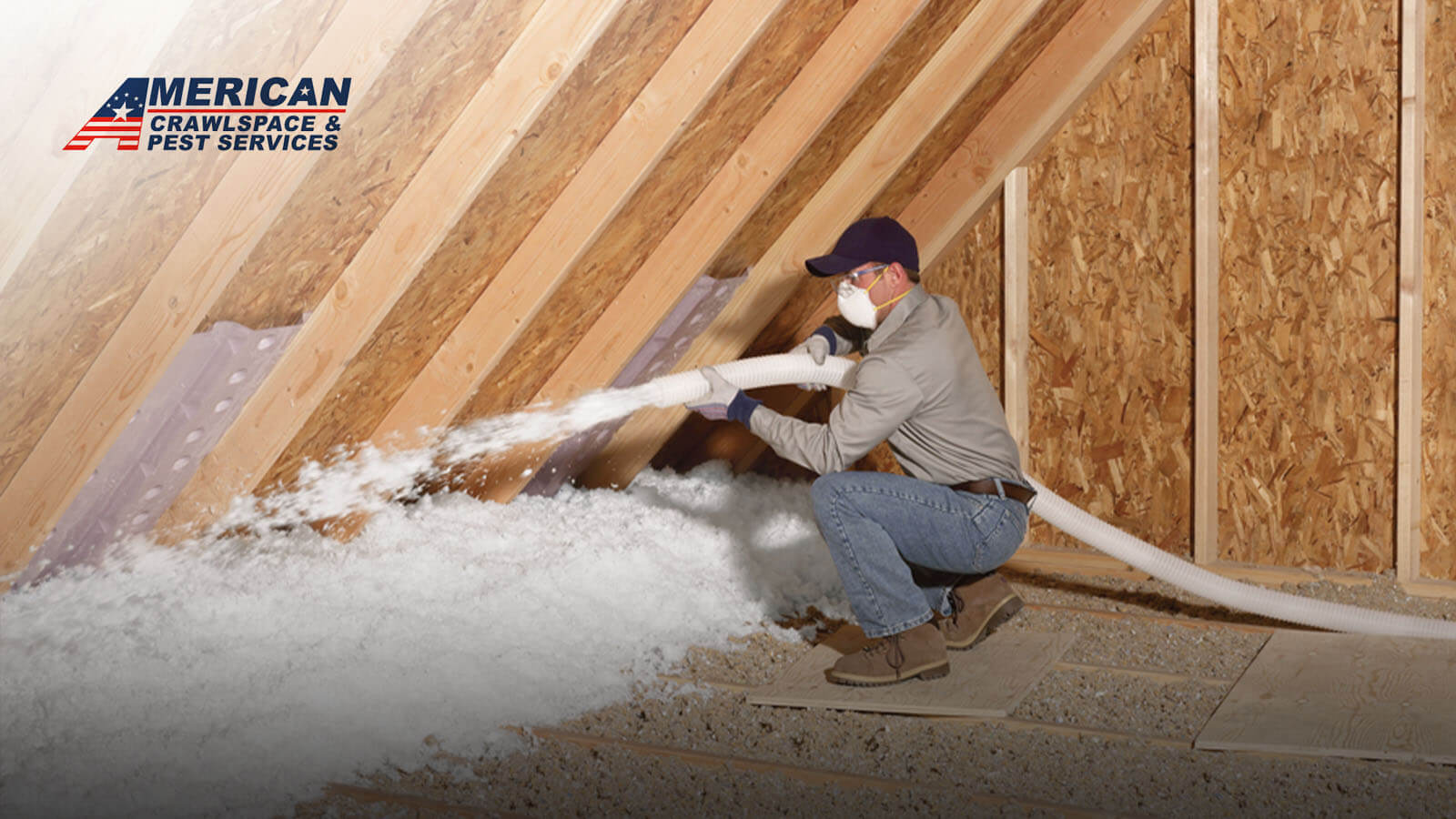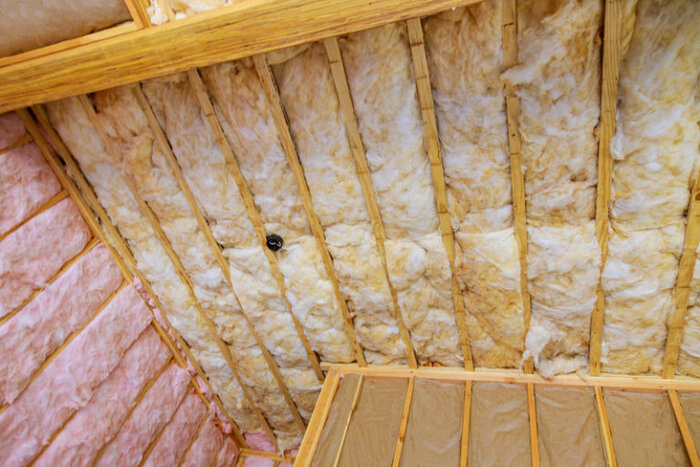How Attic Insulation DFW Can Transform Your Home's Environment Control
How Attic Insulation DFW Can Transform Your Home's Environment Control
Blog Article
Discover the Various Kinds of Attic Insulation and Their One-of-a-kind Benefits for Your Home's Power Efficiency

Fiberglass Insulation
Fiberglass insulation is just one of the most frequently used products for attic room insulation due to its exceptional thermal efficiency and cost-effectiveness. Made up of little glass fibers, this material efficiently traps air, producing an insulating barrier that aids maintain regular indoor temperatures. Its high R-value per inch makes it especially reliable at resisting heat transfer, which is critical for energy conservation in homes.
Setup of fiberglass insulation is fairly uncomplicated, often available in batts or loose-fill forms, fitting different attic room arrangements. In addition, it is resistant and non-combustible to wetness, reducing the danger of mold growth. This sturdiness adds to its longevity, making fiberglass a viable long-term investment for homeowners.
Furthermore, fiberglass insulation is typically produced from recycled materials, which improves its eco-friendliness. The material can also contribute to soundproofing, decreasing sound transfer in between areas. While it is necessary to put on safety equipment throughout installment to avoid inflammation from the fibers, the overall benefits of fiberglass insulation, consisting of power cost savings and environmental considerations, make it a preferred selection for improving attic efficiency and advertising a comfortable living setting.
Spray Foam Insulation
Spray foam insulation is a highly reliable choice for attic insulation, known for its superior air securing and thermal performance. This cutting-edge insulation product is composed of a mixture of isocyanate and polyol material, which, when integrated, expands swiftly to fill up gaps and dental caries in the attic room space. Its capacity to follow different surface areas makes certain a continual barrier against air leakages, significantly minimizing heat loss throughout cooler months and heat gain throughout warmer periods.
One of the vital advantages of spray foam insulation is its high R-value per inch, which suggests it supplies exceptional thermal resistance in a fairly thin application. This is particularly beneficial in attics where room is often limited. Furthermore, spray foam can assist reduce moisture buildup, lowering the risk of mold and mildew and mildew growth, which can be detrimental to both the framework and interior air quality.
While the first cost of spray foam insulation might be greater than standard options, its long-term energy cost savings, coupled with enhanced comfort and enhanced home worth, make it a rewarding investment for house owners seeking boosted power efficiency. Attic Insulation DFW. Generally, spray foam insulation stands apart as an efficient remedy for optimizing attic insulation
Cellulose Insulation

Cellulose insulation is a popular selection for attic insulation, primarily made up of recycled paper items treated with fire retardants. This eco-friendly alternative is understood for its superb thermal performance, efficiently lowering warm transfer in both summer season and winter season. The thick structure of cellulose allows it to fill up voids and spaces in attic areas, offering a seamless obstacle versus air leakages.
Among the substantial advantages of cellulose insulation is its capacity to resist mold and mildew and insects, owing to the fire resistant treatments utilized throughout manufacturing. In addition, it flaunts a Visit This Link high R-value per inch, which translates right into remarkable energy efficiency. Home owners can anticipate reduced home heating and air conditioning expenses as an outcome of enhanced insulation.
Installation is commonly accomplished with blowing loosened cellulose right into the desired area, permitting a effective and fast procedure. This approach also reduces interruption to the existing framework. Furthermore, cellulose insulation has a fairly low ecological influence, as its manufacturing procedure utilizes recycled products, adding to lasting structure practices.
Rock Woollen Insulation
Amongst the numerous options for attic insulation, rock wool, likewise understood as mineral wool, attracts attention as a result of its impressive thermal and acoustic performance. Made from recycled or all-natural products, rock wool is produced by melting rock and spinning it into fibers, resulting in an item that supplies excellent insulation homes.
One of the substantial benefits of rock wool insulation is its high R-value, which suggests its performance in standing up to warmth circulation. This characteristic not only boosts power effectiveness however also contributes to maintaining a comfy indoor temperature year-round. In addition, rock woollen is inherently fire-resistant, making it a more secure alternative for homes as it can stand up to heats without melting or launching harmful fumes.
Additionally, rock wool insulation succeeds in soundproofing abilities, efficiently decreasing noise transmission in between spaces and from outside sources. This makes it an optimal option for property owners seeking a tranquil living environment. Rock woollen is moisture-resistant, helping to avoid mold visit the site and mildew growth and maintaining the architectural integrity of the attic room space. Generally, rock wool insulation supplies an extensive option for enhancing power efficiency, security, and convenience in domestic setups.
Glowing Barrier Insulation
Radiant obstacle insulation offers as an effective option for decreasing warm transfer in attic rooms, particularly in warmer environments. This sort of insulation jobs by mirroring glowing warmth away from living rooms, thereby lowering the amount of heat that goes into a home throughout warm weather - Attic Insulation DFW. Normally made up of a very reflective material, such as aluminum foil, glowing obstacles are installed in attics, dealing with the roof, where they can obstruct incoming heat from the sun
The key advantage of radiant obstacle insulation is its capability to reduced air conditioning expenses. By showing warm as opposed to absorbing it, radiant barriers can aid preserve a much more secure interior temperature, reducing the work on air conditioning systems. This performance converts right into lower power costs and increased convenience for house owners.
In enhancement to power cost savings, radiant barriers can additionally add to enhanced address interior air high quality. By decreasing warm accumulation, they help minimize moisture degrees, which can prevent mold and mildew development and boost overall air circulation. When installed properly, glowing barrier insulation can be an invaluable addition to any type of energy-efficient home, making it a worthy factor to consider for property owners seeking to boost their attic insulation strategy.
Final Thought
In final thought, recognizing the various kinds of attic room insulation-- fiberglass, spray foam, cellulose, rock wool, and radiant obstacles-- makes it possible for house owners to make enlightened decisions relating to power efficiency. By choosing the ideal insulation material, considerable decreases in energy expenses can be attained, along with improvements in interior comfort.

In verdict, comprehending the various kinds of attic insulation-- fiberglass, spray foam, cellulose, rock woollen, and radiant barriers-- allows property owners to make enlightened choices pertaining to energy efficiency.
Report this page